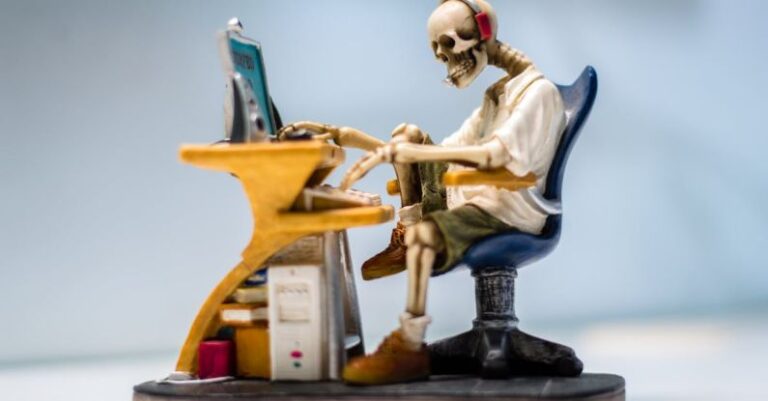
In today’s rapidly advancing technological landscape, the integration of artificial intelligence (AI) in various fields has become increasingly prevalent. Digital art is one such domain that has witnessed a significant transformation with the incorporation of AI technologies. The benefits of utilizing AI in digital art are manifold, revolutionizing the creative process and pushing the boundaries of artistic expression.
Enhanced Creativity and Efficiency
AI tools provide artists with a plethora of creative possibilities, enabling them to experiment with new techniques and styles that may have been difficult to achieve manually. Through machine learning algorithms, AI can analyze vast amounts of data to generate unique patterns, textures, and color schemes, inspiring artists to explore uncharted territories in their artistic endeavors. This capability not only enhances creativity but also streamlines the creative process, allowing artists to work more efficiently and produce high-quality content in a shorter timeframe.
Personalized Recommendations and Insights
AI-powered platforms can analyze an artist’s previous works, preferences, and trends in the art world to offer personalized recommendations and insights. By leveraging data analytics and machine learning algorithms, AI can suggest new artistic techniques, tools, or subject matters that align with an artist’s style and interests. This personalized guidance can help artists expand their repertoire, discover new artistic horizons, and stay ahead of emerging trends in the digital art landscape.
Automated Assistance and Augmented Workflows
AI tools can automate repetitive tasks in the creative process, such as color correction, image enhancement, and background removal, freeing up artists to focus on more complex and creative aspects of their work. By delegating mundane tasks to AI algorithms, artists can optimize their workflows, increase productivity, and devote more time to conceptualizing and refining their artistic vision. Additionally, AI can assist artists in generating preliminary sketches, drafting compositions, and refining details, serving as a valuable collaborator in the creative process.
Real-time Feedback and Iterative Improvement
AI technologies can provide artists with real-time feedback on their work, offering insights into composition, color harmony, and overall aesthetic appeal. By analyzing key artistic elements and providing constructive criticism, AI tools enable artists to iteratively improve their creations, refine their skills, and enhance the visual impact of their artwork. This feedback loop fosters continuous learning and growth, empowering artists to evolve their artistic style and produce captivating digital art that resonates with audiences.
Cross-disciplinary Collaboration and Innovation
AI facilitates cross-disciplinary collaboration between artists and technologists, fostering a dynamic exchange of ideas and expertise that fuels innovation in the digital art realm. By bridging the gap between art and technology, AI encourages artists to explore unconventional mediums, experiment with interactive installations, and push the boundaries of traditional art forms. This interdisciplinary approach not only enriches the creative process but also spurs the development of groundbreaking art installations, immersive experiences, and interactive artworks that redefine the artistic landscape.
Adaptive Tools and Dynamic Artistic Expression
AI-powered tools adapt to an artist’s unique style and preferences, allowing for dynamic and personalized artistic expression. By learning from an artist’s inputs and interactions, AI algorithms can anticipate creative decisions, suggest alternative approaches, and adapt to evolving artistic visions. This adaptability empowers artists to explore new artistic directions, experiment with innovative techniques, and push the limits of their creative potential, resulting in artwork that is both expressive and distinctive.
In conclusion, the integration of AI in digital art offers a multitude of benefits that enhance creativity, efficiency, and artistic expression. From personalized recommendations and automated assistance to real-time feedback and cross-disciplinary collaboration, AI technologies are revolutionizing the way artists create, innovate, and interact with their art. By leveraging the power of AI, artists can unlock new possibilities, expand their creative horizons, and shape the future of digital art in exciting and transformative ways.





